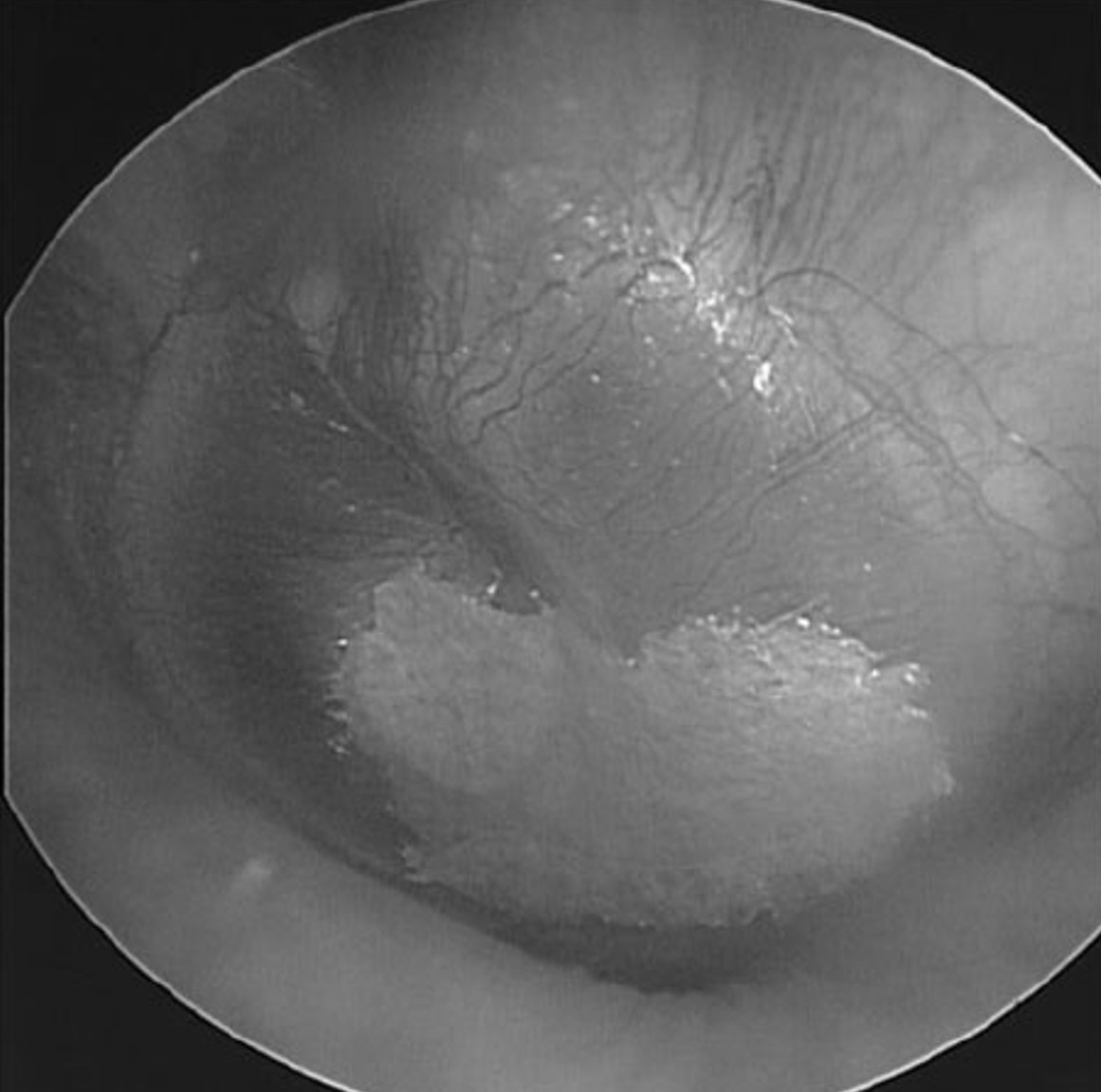Paper Patching
Tympanic membrane paper patching is a minimally invasive procedure that was originally developed to treat perforations of the tympanic membrane and to promote faster healing after a myringotomy. More recently, it has been been explored as a potential treatment for hyperacusis and noxacusis.
The technique involves placing a small piece of sterile paper, cigarette paper, or similar thin material over the tympanic membrane to slightly stiffen the eardrum and reduce its vibratory response to incoming sound waves. By dampening eardrum movement, the paper patch may help lessen the mechanical transmission of sound energy to the ossicles and inner ear, thereby reducing loudness perception and discomfort.
Some patients report better sound tolerance after the procedure, though the expected benefit is usually modest (about 10–20%). In certain cases, paper patching is used as a diagnostic tool ─ if it provides temporary relief, more permanent options such as cartilage reinforcement of the tympanic membrane or Silverstein round/oval window reinforcement may be considered.
Although research is limited, tympanic membrane patching is valued because it is simple, reversible, low-risk, and may provide some relief for people with hyperacusis and noxacusis.


The images above show placement of paper patches on the tympanic membrane. The image on the left shows a single patch covering the inferior half of the eardrum, while the image on the right shows two patches covering the superior half. These images are from a 2014 article published by Dr. Michael Boedts, which describes the use of tympanic membrane paper patching to reduce symptoms of patulous Eustachian tube syndrome.
In a recent interview with Hyperacusis Central, Dr. Boedts discusses paper patching, Botox, local anesthesia (bupivacaine), and how these approaches can be used to treat pain hyperacusis.
There are a few patients in this spreadsheet who have described their experiences with tympanic membrane paper patching.
